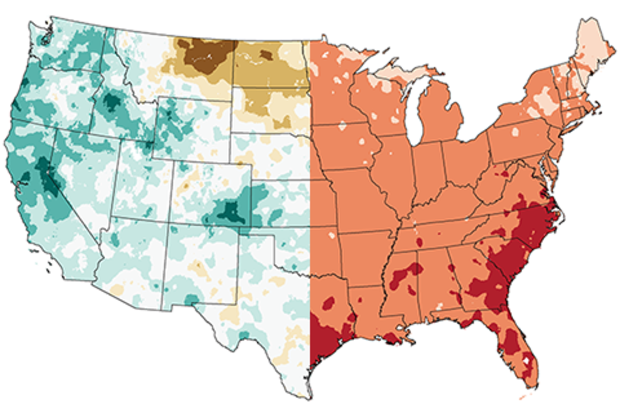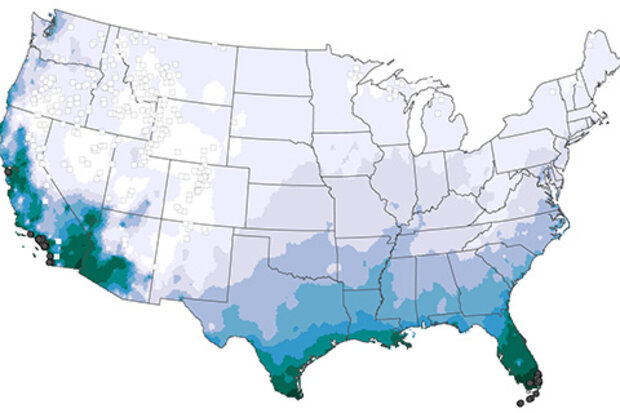Beyond the Data Blog
The climate of the islands of Hawaii and the Pacific is often characterized by iconic scenes of warm, sandy beaches, blue skies, and swaying palm trees. However, these scenes can be dramatically transformed when sea levels become anomalously high or low, wave action increases due to nearby storms, and drought or heavy rains impact local food supplies. In other words, there can be climate trouble even in paradise.
Most regions of the United States fall within major land areas, and their weather and climate are well observed by ground-based stations. However, the tropical Pacific spans thousands of miles on end without land, and this geography makes it difficult to collect weath…
Read article
It’s been a tough few weeks weather and climate wise. Big events generate lots of questions, so this edition of Beyond the Data will address several I’ve heard recently, and several I asked myself.
Was Harvey’s rainfall really record-breaking?
It appears so, at least for the contiguous United States, from the perspective of “How much rain fell into a single official rain gauge over the course of a single tropical storm?” There is no official record for tropical cyclone, as far as the National Climate Extremes Committee has vetted, but the National Weather Service keeps an online resource listing peak rains for almost all named storms since 1950, and a few before that.
Comparing tota…
Read article
This year so far has been one of the warmest on record for the contiguous United States, with the January-July temperature ranking as the 2nd highest since records began in 1895. It has also been a wetter than average year (even before Hurricane Harvey), with the precipitation total for the first seven months of the year ranking as the seventh wettest in the 123-year record.
Temperature and precipitation ranks for 2017 to date
This warm-wet pattern is somewhat contrary to the general rule of thumb about how temperature and precipitation go together in the contiguous United States. It is typically the dry years that are unusually warm, while in the past, wet years were g…
Read article
In mid-March, a cold air outbreak brought freezing temperatures to the Southeast devastating crops and causing over $1 billion in agricultural losses. For those of us who love fruit this is bad news and potentially means higher prices at the supermarket and farmers’ market. In this Beyond the Data post, we will explore some of the impacts of the freeze and why it was so devastating even though freezing temperatures in mid-March aren’t that unusual for the Southeast.
Setting the Stage
Across the eastern half of the U.S., winter was fairly warm. Most states had December-February temperatures that ranked among the five warmest in the 123-period of record. February was record and near-reco…
Read article
Yet another warm February has left apple growers worrying if their crops will survive below-freezing spring temperatures, a substantial concern given the annual value of the Northeast apple crop exceeds a quarter of a billion dollars. February 2017 temperature departures, as measured by Global Historical Climatology Network (GCHN) stations in the region, were eerily similar to those in 2012, when abnormally high temperatures in February and early March accelerated bud development before temperatures in the low 20s later in March and again in April severely damaged the blossoms, resulting in significant crop losses. Similar conditions last winter also resulted in abnormally high f…
Read article




